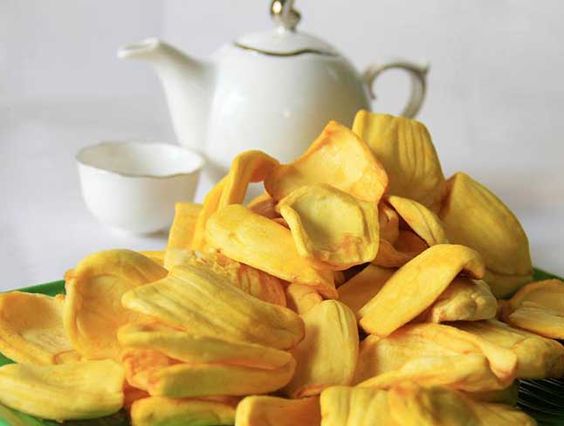Thanks to its delicate flavor and intricate preparation, Beef Wellington has long been hailed as the "king" of important gatherings in Europe.
 Beef Wellington is a premium dish highly favored in European countries. The name "Wellington" is derived from the renowned hero who defeated Emperor Napoleon at the Battle of Waterloo in 1815, Arthur Wellesley, commonly known as the Duke of Wellington. Arthur Wellesley had a fondness for beef and mushrooms, so he requested his chef to create this rolled beef dish for his enjoyment. Since then, the rolled beef dish has been named Wellington up to this day.
Beef Wellington is a premium dish highly favored in European countries. The name "Wellington" is derived from the renowned hero who defeated Emperor Napoleon at the Battle of Waterloo in 1815, Arthur Wellesley, commonly known as the Duke of Wellington. Arthur Wellesley had a fondness for beef and mushrooms, so he requested his chef to create this rolled beef dish for his enjoyment. Since then, the rolled beef dish has been named Wellington up to this day.
Since its inception, Beef Wellington has frequently appeared at noble family banquets. And to this day, due to its high-quality ingredients and meticulous preparation, this dish is still considered one of the top-class gourmet dishes in Europe.
Beef Wellington consists of three essential parts: the beef core, mushroom layer, and pastry shell. Each part must undergo intricate preparation to ensure the deliciousness from inside out.
The core of Beef Wellington is the beef. However, not any part of the beef can be used; it must be beef fillet. Beef fillet has a harmonious ratio of lean meat and fat, neither too fatty nor too dry, making it an excellent choice for Beef Wellington. After seasoning with salt and pepper, the beef is rolled into a long cylinder and seared evenly on all sides.
The second layer of Beef Wellington is a mixture of finely chopped mushrooms sautéed with onions, garlic, and spices. Besides mushrooms, sometimes goose liver pâté is also used to enhance the richness of the dish.
To make it easier to roll the mushroom mixture, a thin layer of thinly sliced meat is laid underneath, followed by spreading the sautéed mushroom mixture evenly on top. Finally, the beef fillet is placed on top, which has been coated with golden mustard and rolled tightly.
 The final layer of Beef Wellington is the puff pastry. It is called puff pastry because after baking, it will separate into many layers, making the cake not only beautifully puffed up but also fluffy and delicious. Making this puff pastry layer requires chefs to have a lot of experience and skill in kneading and proofing the dough. Especially, this pastry is also mixed with butter, so after baking, the aroma of butter rises, making it irresistibly fragrant.
The final layer of Beef Wellington is the puff pastry. It is called puff pastry because after baking, it will separate into many layers, making the cake not only beautifully puffed up but also fluffy and delicious. Making this puff pastry layer requires chefs to have a lot of experience and skill in kneading and proofing the dough. Especially, this pastry is also mixed with butter, so after baking, the aroma of butter rises, making it irresistibly fragrant.
After wrapping the filling with the dough, the pastry is further decorated to make the outer layer more visually appealing. This decorative part is not mandatory and quite simple. For example, using a fork to scratch a few lines on the cake to create unique stripes or using strands of dough placed on top to make the cake crust more prominent. Finally, the baker will brush a layer of egg yolk on the dough and bake it in the oven until done.
The noteworthy point of this "noble" Wellington cake is that the chef, when rolling the layers of ingredients, must use force and firm hands to ensure that the layers stick tightly together so that after completion and slicing the cake, the cake is perfect.
 Therefore, perhaps without knowing the intricate preparation steps and high-quality ingredients, just by looking at the slices of Beef Wellington, you can feel that this is not an "ordinary" dish. When tasting the dish, you will immediately feel the perfect crispiness of the crust, the delicious aroma and sweetness of the mushroom layer combined with the tender beef melting in your mouth, surely if given the chance to try once, you will be extremely delighted.
Therefore, perhaps without knowing the intricate preparation steps and high-quality ingredients, just by looking at the slices of Beef Wellington, you can feel that this is not an "ordinary" dish. When tasting the dish, you will immediately feel the perfect crispiness of the crust, the delicious aroma and sweetness of the mushroom layer combined with the tender beef melting in your mouth, surely if given the chance to try once, you will be extremely delighted.



